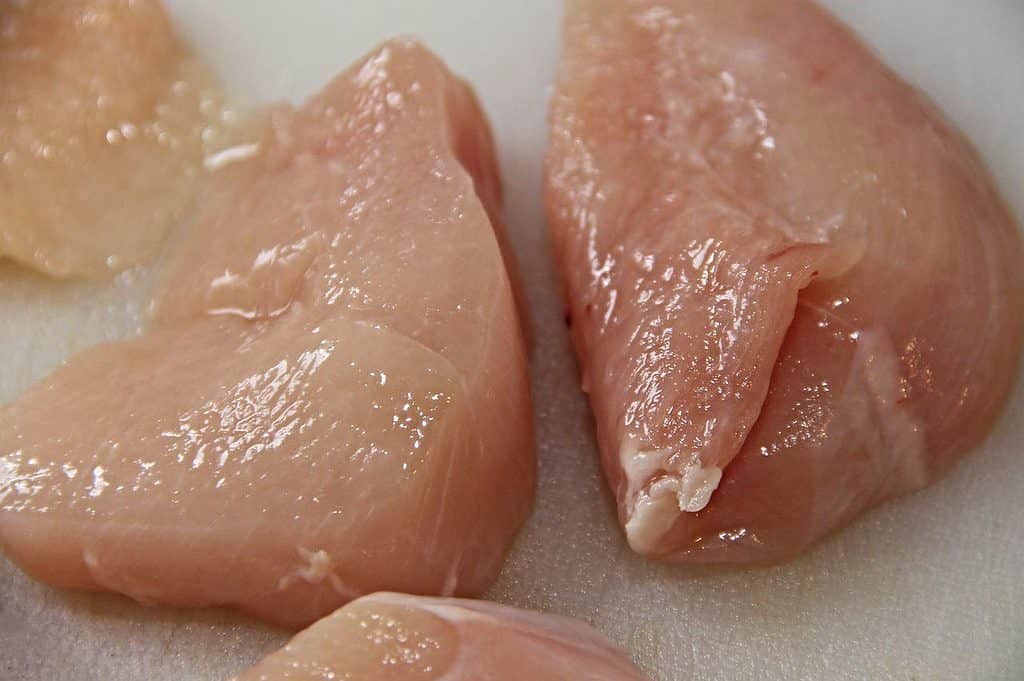The US’ Food and Drug Administration (FDA) has just greenlit the country’s first cultivated meat producer.

Meat is perhaps one of the most contentious food items today. Some people swear by it, others swear off it, and both groups seem keen to tell the other why they should change their ways. At the core of this debate lie two factors: the environmental cost of producing meat at an industrial scale, and the suffering this production system causes to livestock.
One approach that could appease both groups at the same time would be to take livestock out of the picture entirely and grow meat in the lab. We’ve been seeing a great deal of effort invested in such technology lately, and now the US is getting its first greenlit cultivated meat production in the form of Upside Foods (UF).
Meating in the middle
“It’s the moment we’ve been working toward for the past, almost seven years now,” says Uma Valeti, Upside’s CEO. “Opening up the US market is what every company in the world is trying to do.”
The green light means that the FDA has “no further questions at this time about the firm’s safety conclusion” of the cultured meat. This is a major milestone for the cultivated meat industry, says Valeti, as previous startups in this field were not allowed to commercialize their products to the public, despite owning production facilities and raising billions in venture capital.
Until now, people who were invited to try cultivated meat had to sign waivers that they understood these products were still experimental.
The last two steps of Upside to be able to sell its meat to the public include a grant of inspection from the United States Department of Agriculture (USDA), and the meat itself will need a mark of inspection. Still, these two are likely to be achieved much more quickly than the process which resulted in the current FDA approval.
All in all, Upside Foods’ good fortunes are likely to spill over to the rest of the US’ cultivated meat industry. While UF is focused on chicken, other startups are working with meats such as beef, chicken, salmon, and tuna, and they are undoubtedly thrilled by the FDA’s recent announcement and will be seeking green lights of their own.
Upside Foods’ products have been greenlit through an FDA process called Generally Recognized as Safe (GRAS), where manufacturers provide the FDA with details of their production process and the foods they output. Once the agency deems the process and final item safe, it issues a “no further questions” letter, following which the products no longer need to be considered as being “experimental”.
That being said, we shouldn’t expect cultured meat to flood the shelves of supermarkets anywhere just yet. Production capacity for such meat is still incredibly modest, and the meats will likely first become available for purchase in a small number of restaurants, venues which are quite keen to compete for the bragging rights of being the first to have these items available on their menus.
Valeti is also looking to make Upside Foods meat available through select restaurants first, in order to introduce the public to their products before they become available for purchase in stores.
“We would want to bring this to people through chefs in the initial stage,” says Valeti. “Getting chefs excited about this is a really big deal for us. We want to work with the best partners who know how to cook well, and also give us feedback on what we could do better.”
Cultivated meat will be the latest addition to the meat-alternative market in the US, alongside plant-based meats. Unlike the latter, which aims to recreate the properties of meat starting from plant-sourced materials, however, cultivated meat should be indistinguishable from farm-grown meat. Cultured meat is produced from seed cells that are isolated from living animals. These cells are then housed and fed inside bioreactors to divide and mature into the desired type of tissue.
Growing meat in this way is extremely expensive as of now and, although we don’t yet have exact figures, it’s likely several times more expensive than growing meat on a farm. Even with further investment into production facilities and technologies, cultured meat is liable to remain more expensive, pound-for-pound, than conventional meat. This extra cost means that cultured meat products will likely first be commercialized in a blend with plant-based meat, to reduce costs.
“The next phase for us and the industry is demonstrating scalability,” says Valeti. “Our industry is similar [to the early electronic vehicle industry] in that it’ll take five, 10, 15 years to scale up and for most people to access it in many parts of the world. But it is the future.”


